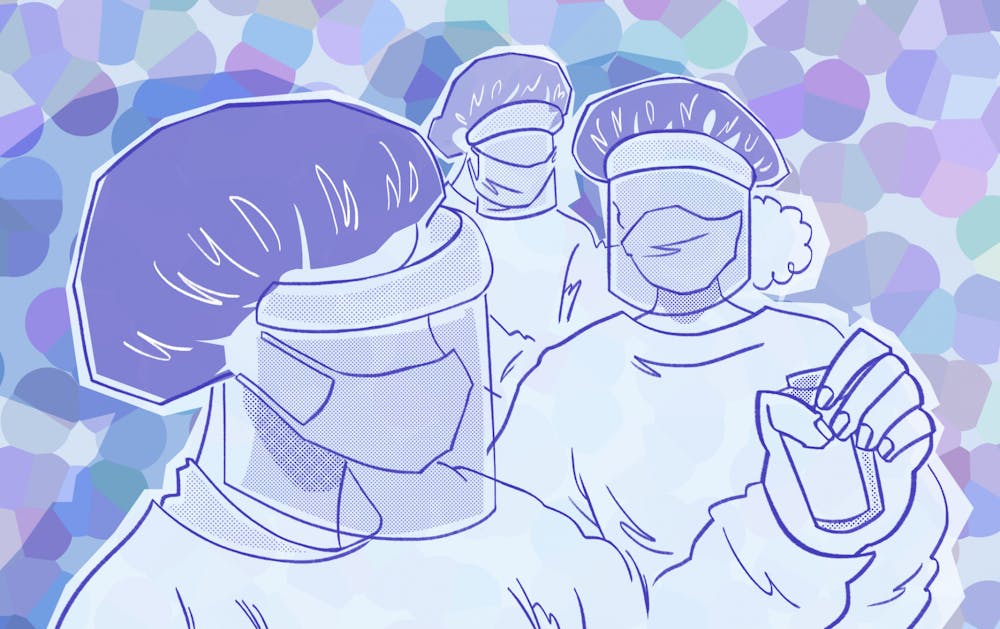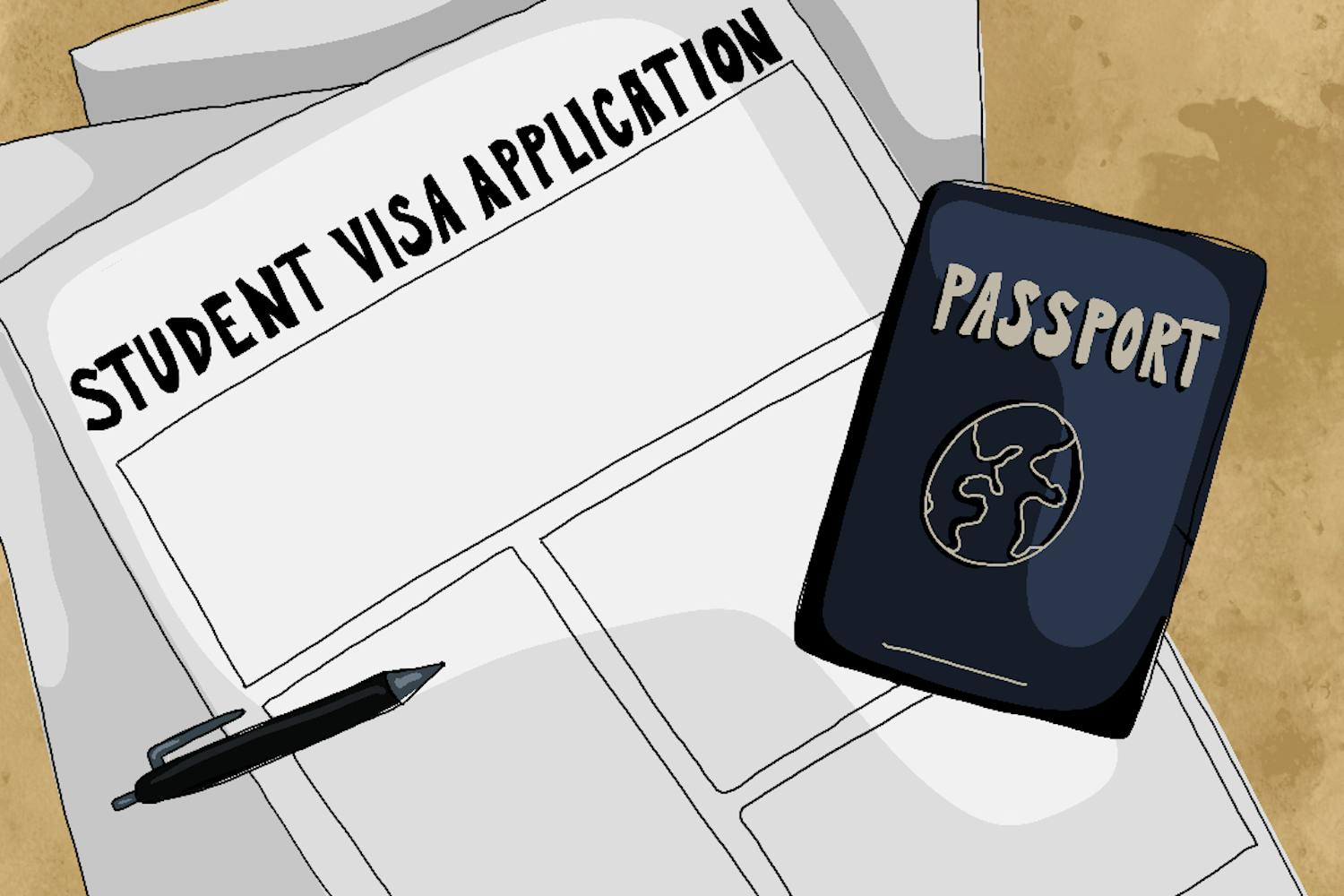Damage from Hurricane Helene stopped production at an IV manufacturing plant in North Cove, North Carolina in October, leading to shortages of IV fluids across the country.
While it has been about a month since the hurricane made landfall, hospitals and healthcare workers across the country are still facing the effects.
Baxter International is the company behind the North Carolina plant that stopped production after the hurricane. That singular plant manufactured approximately 60%, or 1.5 million bags, of IV fluids used in the U.S. every day prior to the hurricane, according to the American Hospital Association.
Hospitals, healthcare workers and educators are now trying to find ways to prevent these challenges from happening again.
Kiara Dulay, a registered nurse at Mayo Clinic's orthopedic, urology and medical surgery ward, said that the shortage was happening mostly in departments of hospitals focused on surgery, progressive care, intensive care and dialysis.
"It definitely is making us more aware of how much fluid we're using, and there is a lot of waste, at least on our floor, where we have IV fluids running a lot," Dulay said. "We're really trying to consolidate how much we're using and also not pull out more bags than we need."
Cheryl Schmidt, a clinical professor at the Edson College of Nursing and Health Innovation, said she experienced the same thing when having back surgery in August. Even though she did not technically need an IV, she was given one anyway.
"They've had to rethink who really absolutely needs an IV," Schmidt said.
Due to the fluid shortages, hospitals have also been postponing elective surgeries, or surgeries that are not life-saving. Banner Health, for example, has been doing so since mid-October after Hurricane Helene.
"That is probably how it should be," Dulay said. "Those surgeries need to be pushed off so that way we can handle emergency situations if they happen, but we definitely can't ignore the negative effects of it. We're keeping people in pain."
Danny Hughes, a professor in the College of Health Solutions, said that while postponed surgeries will change the healthcare industry and economy, these impacts will be largely temporary, as the surgeries are not actually getting canceled.
He also said that IV fluid shortages are not a new problem in the U.S.
The Food and Drug Administration recently added new fluids to their list of short-supplied IV solutions, but they have reported IV fluid shortages as early as 2018.
Hughes said it's not always the case that it is an absolute shortage, but rather a shortage in the distribution of a product that "larger, more well-funded health care organizations" are first in line to receive.
In October, the Arizona Department of Health and Human Services reported that several areas in Maricopa County were considered "medically underserved areas."
Hughes said that, as a result, smaller and less well-funded hospitals in Arizona will have a harder time receiving IV solution shipments.
To solve these shortage issues, the U.S. has started importing some IV fluids from manufacturing plants in other countries.
Hughes believes this could help manage supply distribution problems and has the potential to change the healthcare market, as the U.S. typically avoids importing IV fluids.
However, Schmidt said she wants the U.S. to prepare for shortages like this through education, such as her vocation in disaster preparedness and community culture at the University.
She said that these course materials have also been added as a requirement to nurses' national exams, which should help standardize disaster relief education.
In addition to class instruction, Schmidt said that having real experience in a hospital was imperative for being able to manage issues like a fluid shortage.
However, Schmidt also said during the COVID-19 shutdowns, ASU nursing students had to take virtual clinicals instead of real ones while hospitals needed the extra support. She said similar problems may arise now.
Dulay also voiced some concerns about how much hands-on experience students will be able to get until the IV shortage is resolved. She said that nurses might not let students try preparing bags of IV fluid as often, for fear of them getting broken and wasted, even though these are vital skills for nursing students to learn.
As of November, Baxter has revamped production for two of its IV fluid lines, putting the North Carolina plant back at about 50% capacity. They plan to restart another two lines in December.
Until then, individuals like Schmidt and Dulay hope to educate students and conserve IV fluids in their hospitals as best as they can.
"I hope it resolves because it is really nice knowing, at least as a nurse, that my patient is getting hydrated in the most effective way, or getting electrolysis in the way that is most effective," Dulay said.
Edited by George Headley, Abigail Beck and Natalia Jarrett.
Reach the reporter at pkfung@asu.edu and follow @FungPippa on X.
Like The State Press on Facebook and follow @statepress on X.
Pippa is a sophomore studying journalism and mass communication with minors in political science and German. This is her third semester with The State Press. She has also worked at Blaze Radio and the Los Alamos National Lab.




